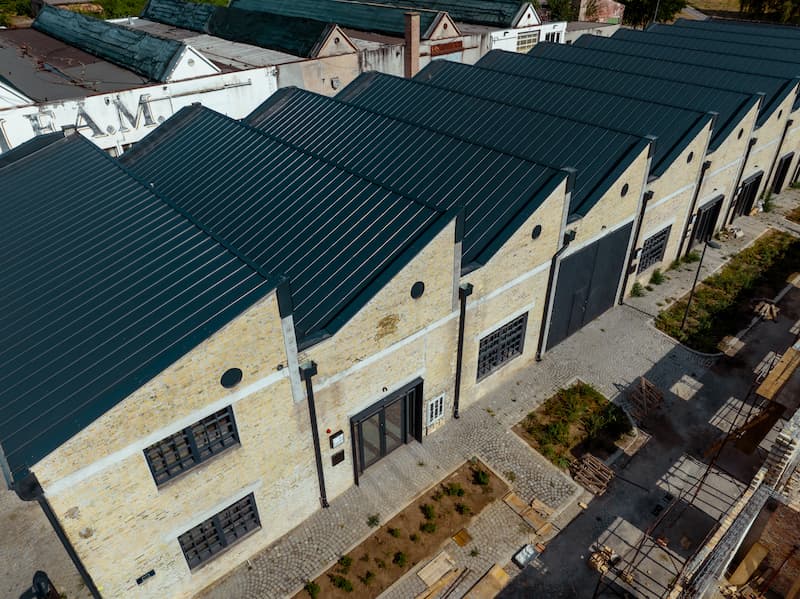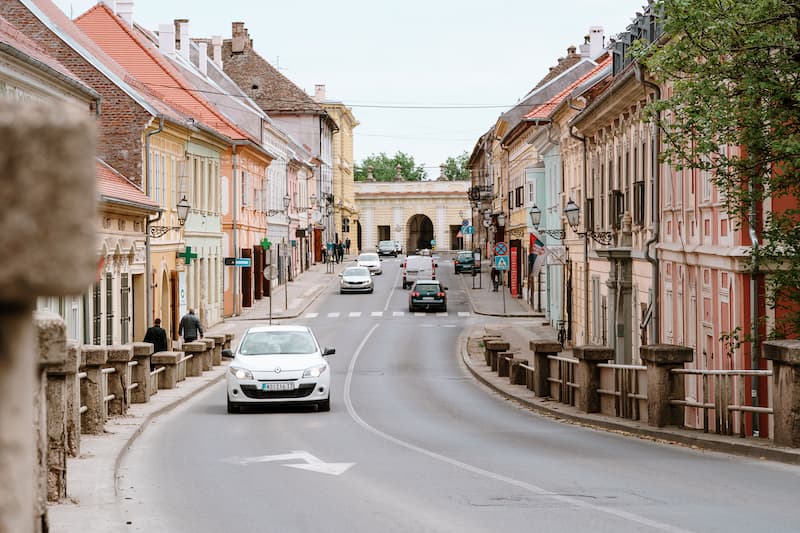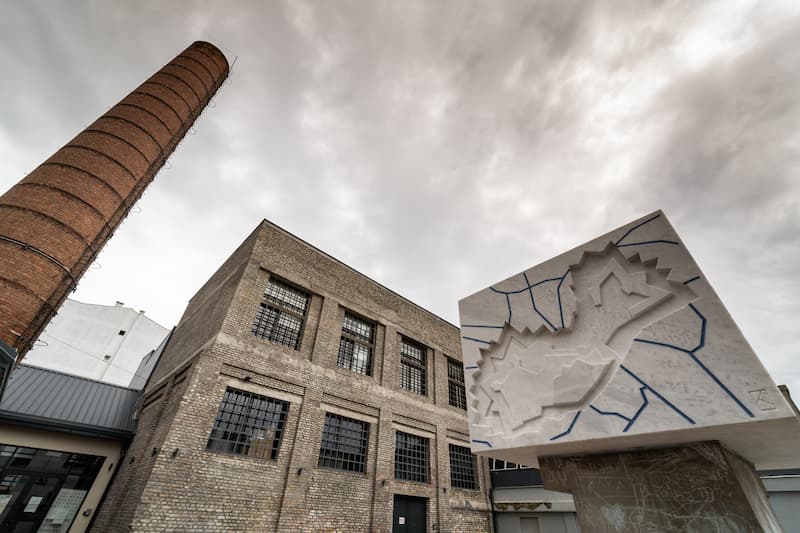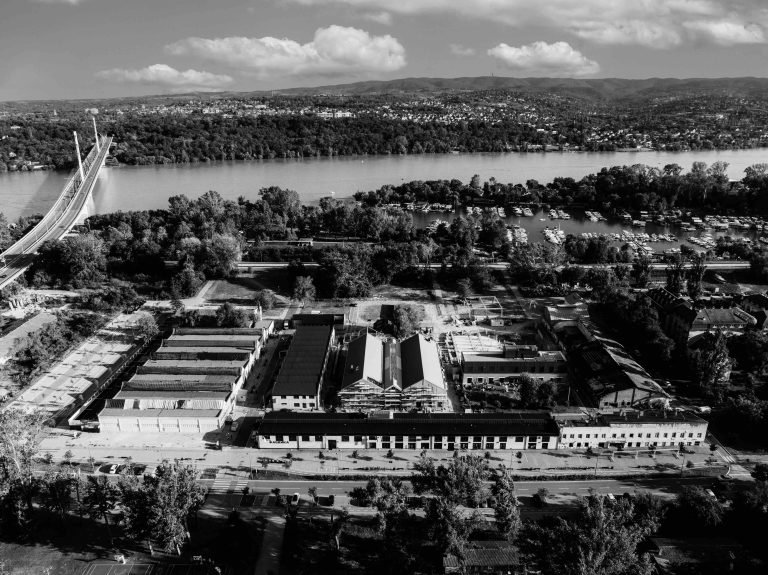The fifth Kaleidoscope of Culture, the winner of the European Trend Brand award in the field of culture, began with a spectacular four-day opening programme in the District, as the largest artistic gathering in this part of Europe. In the next five weeks, Novi Sad will promote the culture of togetherness through the intertwining of five types of art, bringing together the local and European art scenes. In this way, we will turn the European Capital of Culture into a unique kaleidoscope city that will bring together almost 1,000 international, European, and local artis
We are dedicating the first week to architecture, and we invite you, again, to visit the District, a new centre of culture and artistic creativity, which has been renewed thanks to the title of European Capital of Culture. Right here, from 6 to 8 September, the Architectural Legacies conference awaits you. This conference will be an opportunity to present the methodology used by the Novi Sad – European Capital of Culture Foundation during the conversion of old spaces, in order to achieve long-term benefits and increase the quality of life of all Novi Sad residents. In addition, we will have the opportunity to hear the experiences of guests from the country and abroad, and eminent experts in the field of architecture, who have worked and are working on similar projects, all in one place.

The programme of the Architectural Legacies conference will include four days of panel discussions and project presentations. Already on the first day, we are expecting an Introductory Panel during which the CEO of the Novi Sad – European Capital of Culture Foundation, Nemanja Milenković, will address the audience and on this occasion present the architectural projects in which the Foundation was involved, as well as the ZORA (from the Serbian acronym) methodology itself that stands for protection, restoration, development and authenticity. In addition to protection, restoration, development and authenticity, there are new practices in the field of architecture, which could be applied even after the title year.
Five Cultural Centres in Novi Sad
During the four days, we will cover the topic of the five centres of culture in Novi Sad, the heritage formed over the past four centuries. As part of the European Capital of Culture, the centres dating from the 17th century – the Suburbium of the Petrovaradin Fortress, and the 18th century – Almaš Neighbourhood, the oldest part of the city, which is protected as a historical and ambience space, were restored. Then, from the 19th century – the city centre itself and Theatre Square where the home to the oldest Serbian theatre lies, as another centre, and from the 20th century – the District that inherits a century-old industrial heritage, now transformed into a centre of contemporary creativity. Finally, the 21st century in Novi Sad is marked by a network of cultural stations, as a new centre of culture and a new cultural model in this part of Europe.

One of the experts who is coming to Novi Sad on this occasion and will address the Novi Sad audience in the District is Jordi Pardo, manager of cultural projects from Barcelona and independent expert of the European Commission for the selection of European Capitals of Culture, who believes that the title of European Capital of Culture is an excellent opportunity for improvement, and the development of culture in the urban city project, ensuring a better positioning in Europe and stronger relations with other European cities.
‘I think the Novi Sad European Capital of Culture Foundation has done a good job, following the elements and strategic actions initially planned in the book, in which from the same general concept and idea of “rebuilding bridges”, to the recovery and revitalization of its industrial heritage as spaces for culture and creativity, in a strategy to improve public space as an important improvement for the city project and an indisputable legacy. Of course, much work remains to be done, given the great potential of Novi Sad’s heritage and culture, and in relation to its position on the Danube. But the path that has begun is very positive and should deserve institutional consensus and support and private collaboration to continue forward. I will underline […] the reconstruction of the Silk Factory, into the Svilara Cultural Station, the preservation of the Almaš Neighbourhood, and the Suburbium of the Petrovaradin Fortress and other heritage and old industrial elements transformed into better neighbourhoods and better cultural and creative hubs and spaces.’

Representative of La Friche la Belle de Mai from Marseille, who worked on the adaptation of a similar space to District in France, Eva Riccio also believes that the adaptation of the industrial heritage is of great importance for cities like Novi Sad and that we need to think strategically about the future of architecture that we want to leave to future generations. She has extensive experience in this field since she participated in the implementation of the renovation and reconstruction of the industrial district of Marseille in the early nineties. As part of the Architectural Legacies conference, we will have the opportunity to hear her experiences and observations, and we encourage you to attend this event in the District.
‘Vacant buildings, plots and unused spaces are more and more used as temporary sites for co-creative experimentation. Often, these initiatives are key to building shared public value. In many cases, they are well positioned to become permanent fixtures of the local landscape, acting as prototypes of the future,’ explained this participant of the conference, who’s coming to Novi Sad for the first time, to share her experiences.
At the conference, through six, panel discussions, alongside Pardo and Riccio, more than 10 European and local experts from various areas of restoration, protection and development of architectural cultural heritage will participate, such as the architect and representative of Rijeka as the European Capital of Culture for 2020, Idis Turato, representative of the Faro Convention Networks, Ángel Portolés, PhD, director of the Institute for the Protection of Cultural Monuments, Siniša Jokić, professor at the Department of Architecture at the Faculty of Technical Sciences, Dragana Konstantinović, head of the Historical Archives of the City of Novi Sad, Petar Đurđev, and president of the ‘Almašani’ Society, Marijan Majin, and renowned artist and artistic director of the City Concert Hall, Stefan Milenković, amo
Partners of the Kaleidoscope of Culture are Erste Bank, IDEA, DDOR, A1 Srbija, and Heineken Srbija.
Photo: Vladimir Veličković, Jelena Ivanović, Filip Petronijević







